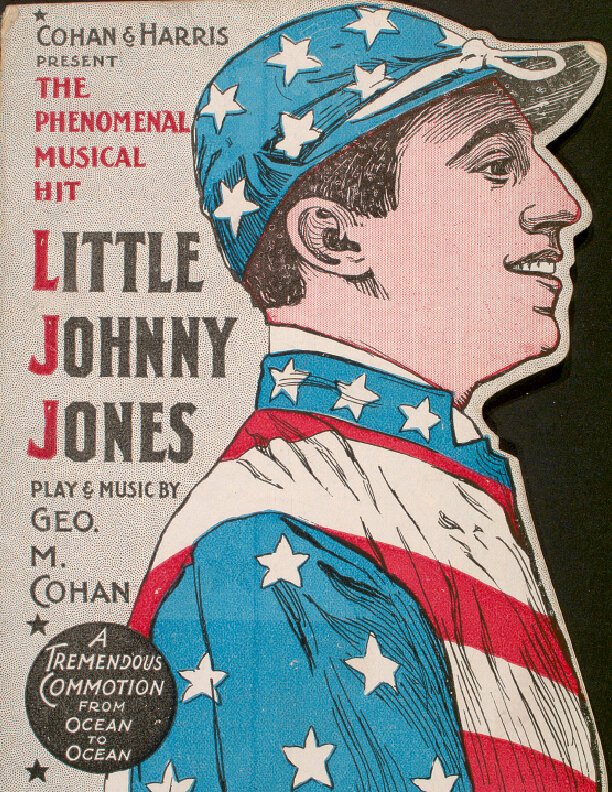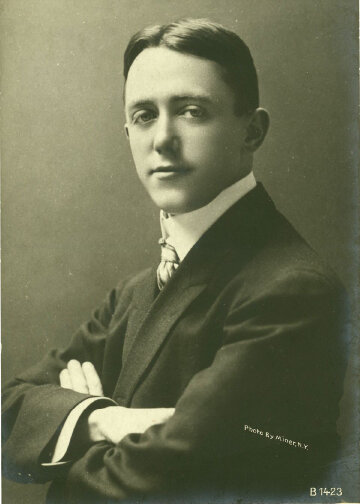little johnny jones
A Musical Comedy in Three Acts
Music, Book and Lyrics by George M. Cohan
CAST OF CHARACTERS
Johnny Jones, an American Jockey – Singing, Dancing Juvenile lead
Anthony Anstey, an American gambler – Character heavy Speaking Part
Sing Song, editor of the “Pekin Gazette” – Chinese Dialect comedy Tenor or Baritone
Timothy D. McGee, a New York politician and horse owner – Character Baritone
Henry Hapgood, who also makes the trip – Juvenile Tenor or Baritone
Leslie, valet to the Earl of Bloomsbury – Speaking Role
The Unknown, an undercover American detective – Comedy Speaking Role
Jenkins, starter at the Cecil – Tenor or Baritone
Captain Squirvy, of the St. Hurrah – Tenor or Baritone
Bell Boy – Speaking Part
Stevens, a waiter – Speaking Part
Hung Chung, Sing Song’s valet – Speaking Part
Mrs. Andrew Kenworth, a fanatic on the subject of reform – Character Mezzo
Florabelle Fly, of the San Francisco Searcher – Soubrette Soprano
Goldie Gates, of San Francisco – Female lead Soprano
Male and Female Ensemble of Cabbies, Sailors, Policemen, American Girls, Chinese Girls, etc.
SYNOPSIS OF SCENES
Act I. Hotel Cecil (Exterior) London, England
Act II. Southampton, Pier, St. Hurrah docked.
Act III. Chinatown, San Francisco.
Argument
The first act opens in the courtyard of the Cecil Hotel, London, and shows a party of Americans waiting to welcome Johnny Jones, who is due to arrive in London to ride in the derby. His sweetheart, who is traveling in Europe with her aunt and her guardian, the latter an unscrupulous man who wishes to separated Johnny and his ward for his own interest and who is aided by a Chinese who pretends to be an emissary of the Emperor but who is really a smuggler and a thief. At the end of the act they accuse him of being a crooked deal at the racetrack.
The second act shows the steamer landing at Liverpool with the steamer about to sail for home. Johnny sees all his friends sail but stays on shore to clear himself of the charge. The singing of “Give My Regards to Broadway” as the steamer supposingly sails for his home is said to be one of the prettiest things in the play.
The third and last act finds them all in Chinatown, San Francisco. The Unknown finally proves his case against the plotters, and everyone is made happy except the “Villain” who couldn’t be happy or there wouldn’t be a play.
History
Little Johnny Jones opened on Broadway at the Liberty Theatre on November 7, 1904 and ran a total of 221 successful performances, returning to New York twice in 1905 and in 1907. The production toured the country from 1905-1909. One of the most popular musical comedies of the turn of the century, Little Johnny Jones was George M. Cohan’s first Broadway success. Cohan, regarded as the “Father of American Musical Theatre,” wrote the book, lyrics and music, produced and directed the production as well as starred in the title role. The original cast featured Cohan’s mother, Nellie, as Mrs. Kenworth and his father, Jerry, as Anstee. The Four Cohan’s (which included his sister Josephine) were a very popular Vaudeville act prior to George’s success on Broadway. Cohan revolutionized musical theatre with Little Johnny Jones, creating for the first time a truly American musical comedy in contrast to the European operetta tradition. American Musical Theatre would never be the same again. A silent film adaptation of Little Johnny Jones was produced in 1924 by Warner Brothers and consequently a talkie version was released in 1929. The 1942 Cohan biopic Yankee Doodle Dandy with James Cagney has all but obscured any memory of Cohan’s original work and performing style. This edition is the original libretto, score and orchestration as premiered on Broadway in 1904
The New York Times: a lively production, brilliant to the eye, plentifully supplied with amusing situations. The music is pretty and with a lilt and catching rhythm.
Orchestration
Flute
Oboe
Clarinet (in B-flat and A)
Horn 1
Horn 2
Cornet 1
Cornet 2
Trombone
Percussion (2 Players: Timpani, Bells, Drum Set (Snare Drum, Bass Drum & pedal cymbal attachment or hi-hat, suspended cymbal, Chinese cymbal, Chinese tom-tom) Triangle, Woodblock)
Violin 1
Violin 2
Viola
Cello
Bass



